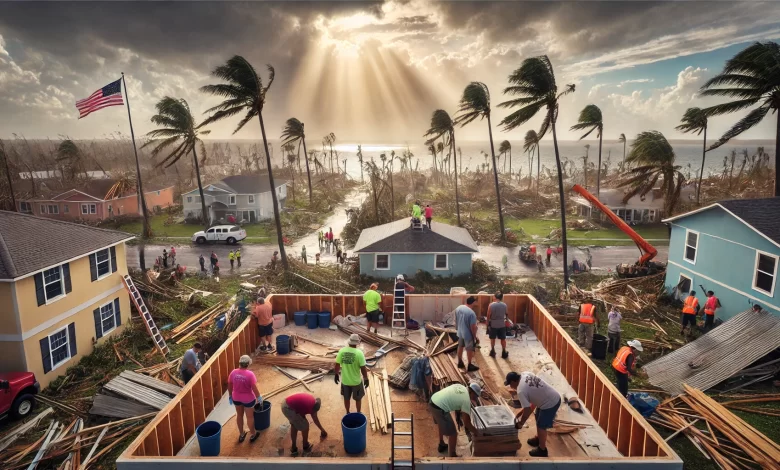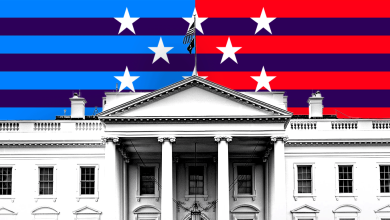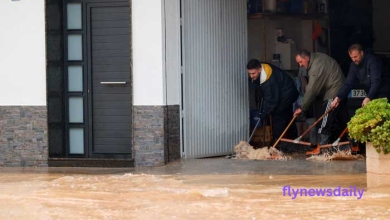
1. Introduction
Florida has faced hurricanes before, but when two major storms hit the state back-to-back, the path to recovery was more challenging than ever. Florida Fights Back: The Courageous Road to Recovery After Dual Hurricanes showcases the resilience and determination of its people, infrastructure, and government, proving that even in the face of unprecedented challenges, Floridians remain strong.
This article walks you through the recovery process—what happened, how it’s being fixed, and how the state is preparing for the future.
2. The Twin Hurricanes: A Recap
The year [insert year] will be remembered in Florida’s history as one of the most turbulent, as two powerful hurricanes slammed into the state within a short span of time. Hurricane [insert name] hit the state first, followed by Hurricane [insert name]. Both storms reached Category [insert number] status, leaving behind a trail of destruction that affected millions.
Residents were caught off guard by the second storm, and with recovery efforts already stretched thin, the challenges compounded. The hurricanes not only damaged properties and infrastructure but also affected the state’s natural beauty and wildlife.
3. Immediate Aftermath
In the hours after the hurricanes passed, the scene was one of chaos and uncertainty. Power outages were widespread, communication lines were down, and thousands of people were displaced from their homes. Emergency services jumped into action, setting up shelters and providing food, water, and medical care. Florida Fights Back: The Courageous Road to Recovery After Dual Hurricanes began with these first responders who risked their lives to help others.
Local community centers and schools became makeshift shelters, while volunteers worked tirelessly to provide support to those in need.
4. Government Response
The Florida government, in coordination with federal agencies, acted swiftly to provide assistance. The Federal Emergency Management Agency (FEMA) set up disaster recovery centers across the state, offering financial aid, housing assistance, and mental health services to affected residents.
Governor [insert name] declared a state of emergency, which allowed the allocation of additional resources for recovery. The government also collaborated with private sectors to expedite the reopening of essential services such as hospitals, grocery stores, and fuel stations.
5. The Role of First Responders
The bravery displayed by Florida’s first responders cannot be overstated. Firefighters, paramedics, police officers, and volunteers put their lives on the line, entering flooded neighborhoods to rescue those trapped by rising waters. They worked around the clock to clear roads, restore power, and offer support to communities that were cut off from the rest of the state.
6. Community Involvement
Florida’s tight-knit communities proved to be one of the strongest elements of the state’s recovery. From local businesses providing free meals to families to neighbors helping each other rebuild homes, the sense of unity was palpable.
Social media also played a role, as communities organized through platforms like Facebook and Twitter to coordinate relief efforts and ensure that no one was left behind.



